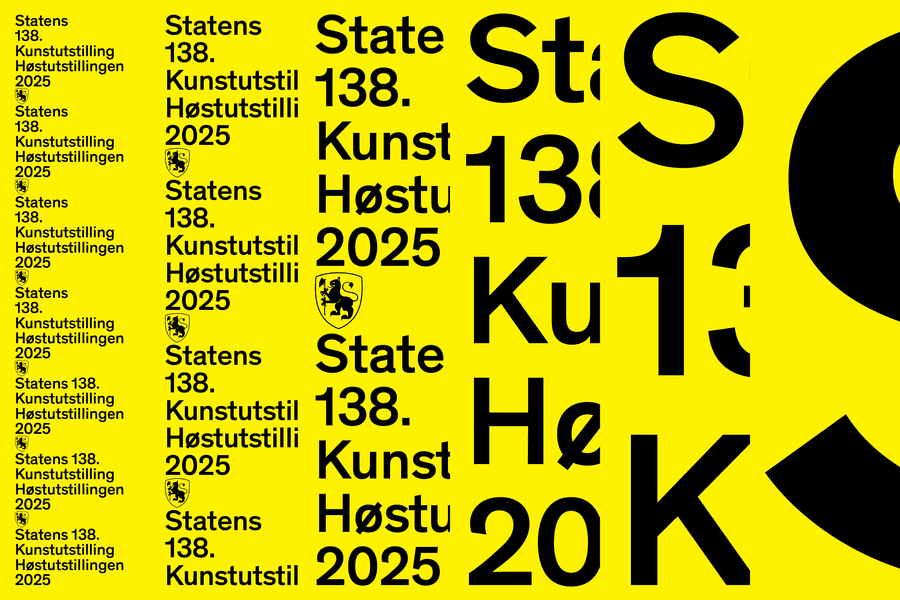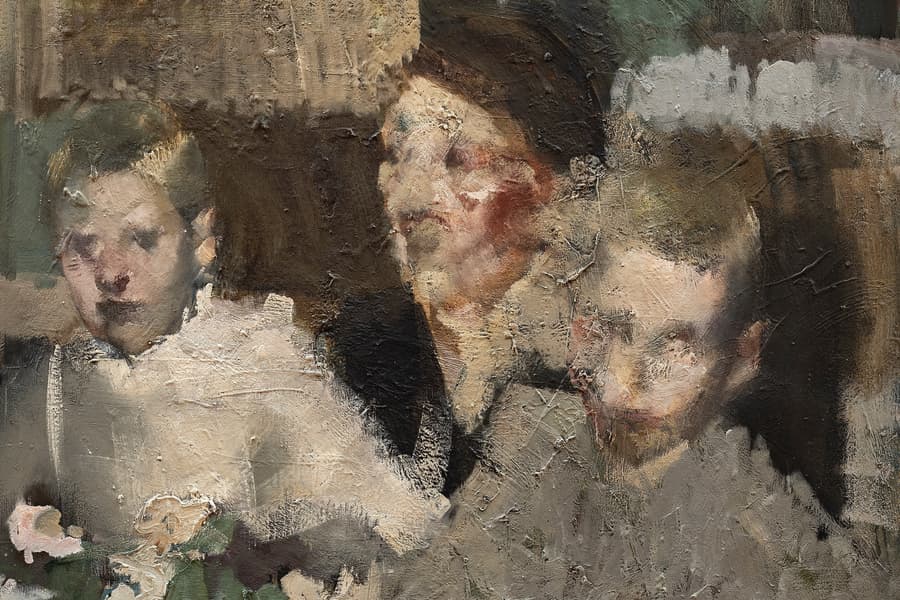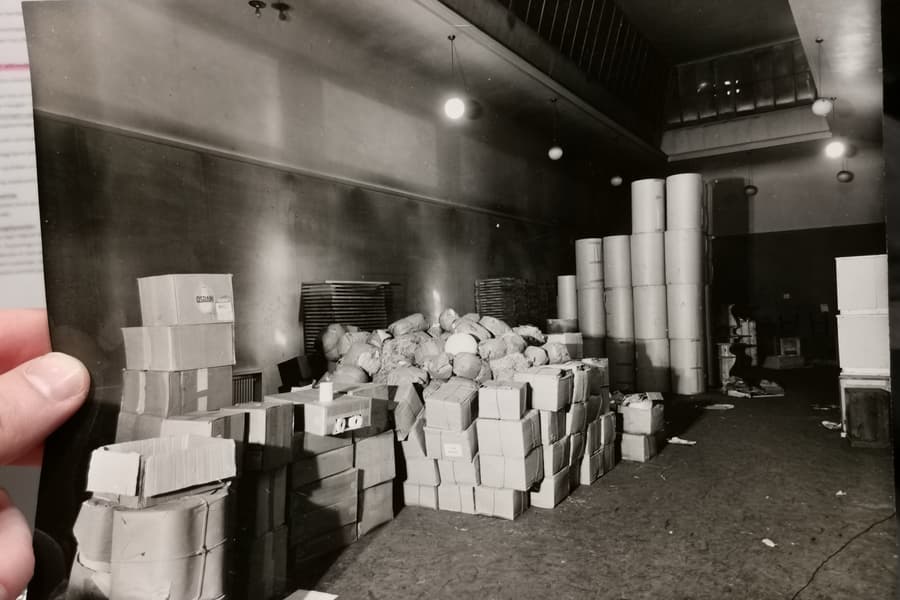Gustav Metzger

Kunstnernes Hus presents the work Liquid Crystal Environment (1965/1998), a large-scale projection that fills large parts of the skylight hall. Glass-plate projectors display heated liquid crystals that create changing patterns of polarized, colored light. The work illustrates Metzger's search for an art in change, movement and growth as opposed to the auto-destructive art. Furthermore, a newer version of the First Public Demonstration of Auto-Destructive Art, one of Metzger's hydrochloric acid paintings, is shown, in addition to documentation material and a film about this work.
About the artist
Gustav Metzger (born 1926 in Germany) has in recent years been recognized as a very central artist in the post-war avant-garde. With his radical visions and political activism, he was ahead of his time in both conceptual and performance art. He was also a pioneer in the use of new technology and science in his works. His practice can be seen as an extension of early 20th century movements such as Dadaism and Futurism, and he was involved in several avant-garde movements after the Second World War, such as the Fluxus movement.
From his first manifesto on auto-destructive art in 1959 to last year's exhibition and conference Facing Extinction in Farnham, England, Gustav Metzger has been an uncompromising activist, anti-capitalist and environmentalist. Metzger was born in Nuremberg to a Polish-Jewish family. Metzger's family was killed during the Holocaust, and aged 12 he came to England as a child refugee. As a young man, Metzger studied art in Antwerp and London, where he later broke with his artistic background and set out to single-handedly reinvent art as a practice.
The term auto-destructive art, which he coined, describes a new way of creating art where the work dissolves itself and is destroyed in the process of creation. In parallel, Metzger wrote a manifesto for auto-creative art, a type of work in which autonomous processes develop beyond the artist's control. Metzger's activities inspired Pete Townshend and other band members of The Who to destroy their instruments on stage. The exhibitions in Oslo focus on both Metzger's auto-creative and auto-destructive works from the 1960s.



Gustav Metzger in Oslo: Extremes Touch and Liquid Crystal Environment are in collaboration with Kunsthall Oslo. Kunsthall Oslo recreates the ground-breaking work Extremes Touch: Material/Transforming Art (1968/2015), which consists of a series of kinetic experiments originally carried out in a laboratory at Swansea University College. The installation is a kind of laboratory for ephemeral and self-constructing works; jets of water shoot through the room and hit air-compressed plastic tubes, water droplets are transformed into steam and crystalline mica swirls. At various times during the day, an artificial rainbow will appear. Metzger himself describes the works as "imagination without mystification". Many of the works have not been shown since 1968.
The exhibitions in Oslo are part of Act or Perish! Gustav Metzger – A retrospective, a major retrospective of Gustav Metzger's work initiated by the Center of Contemporary Art in Toruń, Poland, curated by Dobrila Denegri and Pontus Kyander. The exhibition in Toruń mapped Metzger's artistic practice from the 1940s to the present day, and is organized with support from the program "Promotion of Diversity in Culture and Arts within European Cultural Heritage" - EEA Grants.


